Mori Point Wildflower Hike: Admiring Coastal Habitat Restoration along the Pacific Coast
Mori Point, just south of Pacifica, is a gem along the California coastline and only a short drive from San Francisco. With its rugged bluffs, wild ocean waves crashing against black sandy beaches, vibrant carpets of wildflowers in spring, and abundant wildlife, Mori Point stands as an inspiring example of successful habitat restoration after decades of exploitation.
In a Nutshell: History & Restoration
When you visit Mori Point today, you will appreciate it as a stunning and pristine natural site that offers serenity and peacefulness.
It hasn’t always been like that.
Historic Land (Ab)use
- Mori Point has a long history as a limestone quarry, bootlegging site, ranching land, gravel extraction area, and dirt bike racing track.
- Human exploitation began in the 1700s, with the Spanish mining limestone and using the land for agriculture and cattle ranching.
- Stefano Mori bought 19 hectares of farmland here in 1888; during Prohibition, the family operated the infamous Mori Point Tavern.
- During World War II, gravel and sand were extracted from the site.
- Off-road vehicle use and introduction of non-native species further degraded the landscape and led to habitat loss.
Endangered Species
- The area is home to two notable species: the endangered San Francisco garter snake and the threatened California red-legged frog.
- San Francisco garter snake: Known for its bright orange head, dazzling black and red stripes, and turquoise belly. Once common in small marshes on the San Francisco Peninsula, it is now rarely seen in the wild due to habitat loss, pollution, and illegal collection.
- California red-legged frog: The largest native frog west of the Continental Divide. It was once widespread but has been extirpated from 70% of its former range due to invasive species and habitat loss.
A Silverlining: Successfull Habitat Restoration Efforts
- In 2000, with the assistance of the Pacifica Land Trust, the Coastal Conservancy, and community members, Mori Point was purchased by the Trust for Public Land.
- It was transferred to the National Park Service in 2002.
- With the help of hundreds of community volunteers, 33 acres of wetland, grassland, and coastal scrub habitat were restored, including habitat for the endangered San Francisco garter snake and the threatened California red-legged frog. New trails and boardwalks were established, and directional and interpretive signage to guide and inform visitors was installed.
Get Involved
- If you want to volunteer and help restore natural spaces across the Golden Gate National Parks Conservancy area, you can find opportunities here.
- I volunteer myself and can say it’s an incredibly rewarding, mood-boosting experience where you learn about native and invasive plants and restoration techniques.
Hiking Mori Point
My little spring-wildflower adventure began amidst the bustle of San Francisco. The sun had taken over that mid-April morning, and wildflowers had started to pop up everywhere, and I was eager to leave the city behind for a while. While public transportation works really well within the city — in my humble opinion — I was a bit skeptical about how well it would work for getting to the hike. Nonetheless, I decided to give it a try. After grabbing a coffee and a snack, I soon found myself sitting in a rattling BART train. It always sounds like the metal walls are as thin as paper, but, well, they get the job done. The aluminum can on rails took me to Daly City, where I hopped onto a bus to Pacifica. Although the bus had numerous potential stops along the way, it wasn't crowded at all. So, luckily, it went past most of the stops and made its way swiftly to my destination. I was the only one getting off there, and as I walked through a residential area on my way to the trailhead, I couldn't help but find it eerie how quiet and peaceful it appeared on a Thursday morning when most people are at work.
Mori Point Trailhead
Quicker and more smoothly than expected, I arrived at the trailhead parking lot around 9:30 am. Obviously, I didn’t have to bother with parking without a car, but I appreciated the typical parking lot trailhead restroom, which did not seem to have seen many visitors this morning. After a final glimpse at the information board about the area, I started my hike on the Old Mori Road, which led me through a path with dense vegetation to the left, already featuring a couple of flowers during this time of year, and private gardens to the right. Apart from very few people walking their dogs, I did not cross paths with many people at first. I was eager to get to higher ground to get some views of the Pacific Ocean again. After a short walk, the Lishumsha trail offered a way up onto the bluffs, and I took this first chance to gain some elevation. Quickly, the Lishumsha trail merged into the coastal trail. I kept left to head straight towards the headlands. Along the way, I stopped frequently, admiring a variety of California native wildflowers.
Lupines grow amidst the grassy areas along the trail up to the bluffs at Mori Point.
Once I had reached the top, I was blown away by the carpets of flowers that lay themselves out on the hillsides. The further I walked down to the tip of the tongue, the windier it got, but I didn’t mind at all. I was just too fascinated by the color display in front of me. Thousands of goldfields were forming a mat of flowers. In between, they accepted — among others — poppies and lupines to grow within them.
Carpets of goldfields cover the hillsides of the bluff with a view of Sharp Park Beach.
Zooming into the flower fields spotlights more flowers growing amidst the goldfields: poppies and lupines are among them.
This picture was taken one year after the ones above: equally stunning, but showing a different pattern of flower abundance—with plenty of goldfields still, yet much more encroached by lupine and tidy tips.
A beautiful tidy tips flower growing among the golden fields.
At the tip of the promontory, I sat down and began to sip on my now half-cool coffee, which I had brought along to enjoy in this beautiful setting—and I found this spot to be more than perfect. I positioned myself (with a safe distance) towards the edge of the cliff, overlooking a cove and the southwestern part of Mori Point. Numerous fellow wildflower seekers, hikers, locals walking their dogs, and bikers traversed the headlands, while I lingered for a moment longer, absorbing the sound of seagulls above me and the waves crashing below, echoing against the steep cliffs.
I admired the black sands of the beach, which seemed so serene (as I always feel when there are no footprints in the sand), with the water rhythmically surging toward the cove and then receding like clockwork. In the restless ocean, I suddenly noticed movement. I reached for the binoculars in my bag to get a closer look. A seal was swimming near the shore, periodically emerging above the water's surface.
Stunning view of a small cove on the promontory at Mori Point. Not visible in the picture: a seal swimming in the ocean below.
After a while, it was time to stretch my legs again and explore more of the coastline on the bluff trail, which—as the name suggests—runs along the bluffs. Similar to the hike up, there weren't dense carpets of flowers like on the headland, but there were plenty of flowers of various kinds lining the trails. This section of the trail offered yet another series of breathtaking views of the coastline.
Flowers perched on the cliff right above a small black sand cove.
On my way to Rockaway Beach, I looked back at the headland on the northwestern corner of Mori Point. If you look closely enough, you can spot the carpets of yellow flowers there.
As my goal was to conclude the hike at Rockaway Beach, I began descending to ocean level once I reached the southern end of Mori Point. Numerous paths were etched into the ground, leading downwards, so I kept my destination in sight and followed those descending. Once at the bottom, I followed a wider path towards the beach.
Along the way, I passed a parking lot before reaching the shoreline, where I spotted a squirrel perched on a rock, posing against the backdrop of the beach. After a brief photo session, I continued towards the main section of Rockaway Beach. The cute squirrel would not remain my only photo subject. A seagull was bathing in the sand, near the point where Rockaway Creek meets the ocean. Closer to the crashing waves, a long-billed curlew was strolling along the shore, scanning for a meal.
I enjoyed watching the coastal birds for a while. However, as the early afternoon progressed, it quickly became windier and chillier. When the fog started to roll in, I knew it was time to make my way back home.
Fortunately, my timing was perfect, and I was very much in sync with the bus schedule. Surprisingly, it arrived right on time, to the very minute. I caught the bus back to Daly City and then San Francisco, where I had started my journey earlier that morning.
Know Before You Go
Access
- Mori Point is located on the coastline within the city limits of Pacifica.
By Car
- The Mori Point Trailhead is just a short drive off the scenic Highway 1.
- The best place to park and start your hike is this parking lot on Google Maps.
- This parking lot is quite small, so be sure to arrive early if you visit on a weekend.
By Public Transportation
- If you come from San Francisco or Daly City, Mori Point is — in my opinion — also conveniently accessible by public transportation.
- From San Francisco, take BART to Daly City.
- From Daly City, take bus 110, which brings you within a very short (less than 5 minutes) walking distance to the trailhead at Old Mori Point Road.
Fees
- There is no entrance fee for Mori Point.
Trails
- Mori Point comprises a network of trails, so the many intersections and branches may sometimes seem confusing. Just keep your direction in mind and don't worry too much about trail names, to be honest.
- However, I do recommend visiting the headlands and hiking along the trails closer to the bluffs for ocean views.
- I find the northern half of Mori Point, which hosts many native plants, most beautiful.
Best Time to Visit
- Spring: Undoubtedly the best time to visit, as you’ll enjoy beautiful coastal scenery and an abundance of wildflowers blooming between April and May.
- Fall: Great weather with September and October being the warmest months and when fog recedes from the coast.
- Winter: Rainy season but mild weather. Not every day is rainy, and vegetation turns green again. Trails may be washed out or slippery after heavy rains.
- Summer: Often windy, foggy, and chilly along the Central California coast. The ocean and coastline often disappear in dense fog, making it less ideal for coastal hikes.
- At any time of year, dressing in layers is essential!
Bring Binoculars
- No matter the season, I highly recommend bringing binoculars.
- They’ll help you observe wildlife better — sea lions or harbor seals swimming in the ocean, various birds, or even whales along the Pacific coast at Mori Point and beyond!
Leave No Trace
Please read more about the Leave No Trace principles on the official Leave No Trace website.
Here are some specific rules I’d like to draw your attention to for Mori Point:
- Dogs are welcome.
- Be very cautious with the wind on the bluffs — plastic wrappers and lightweight items can fly away easily and, if they land in the ocean, can impact the ecosystem for an extremely long time.
- Do not pick the flowers or step into the fields. Protect the flowers so they can thrive in the future.
- Collection is not allowed: all organisms such as plants, shells, rocks, and animals are protected by law.
- No drones.
Please help us protect this beautiful place so its magic remains unspoiled for generations to come!
More Wildflower Adventures in Spring You Might Be Interested In
Follow the Adventure
Latest on the Blog
Search



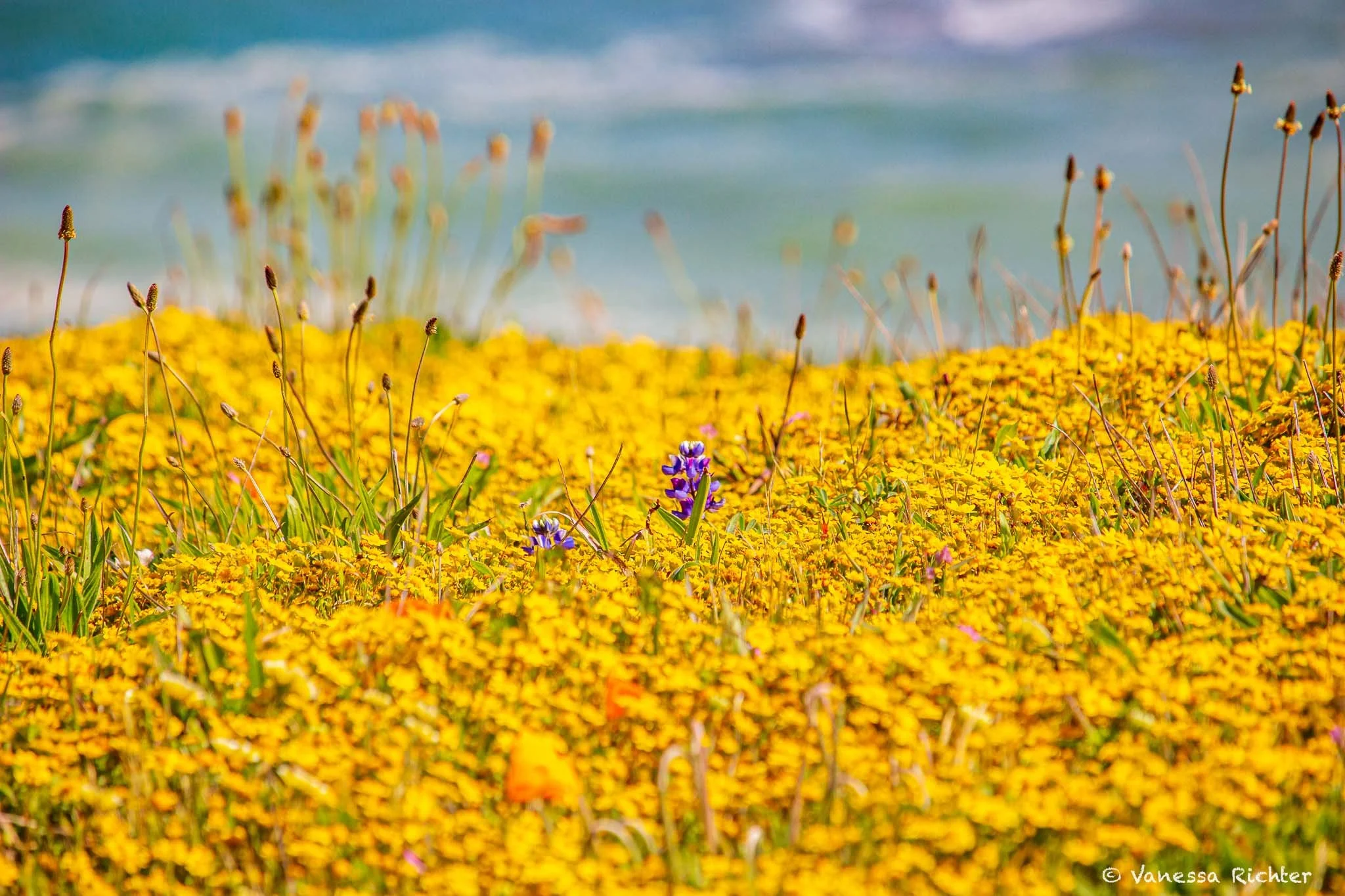



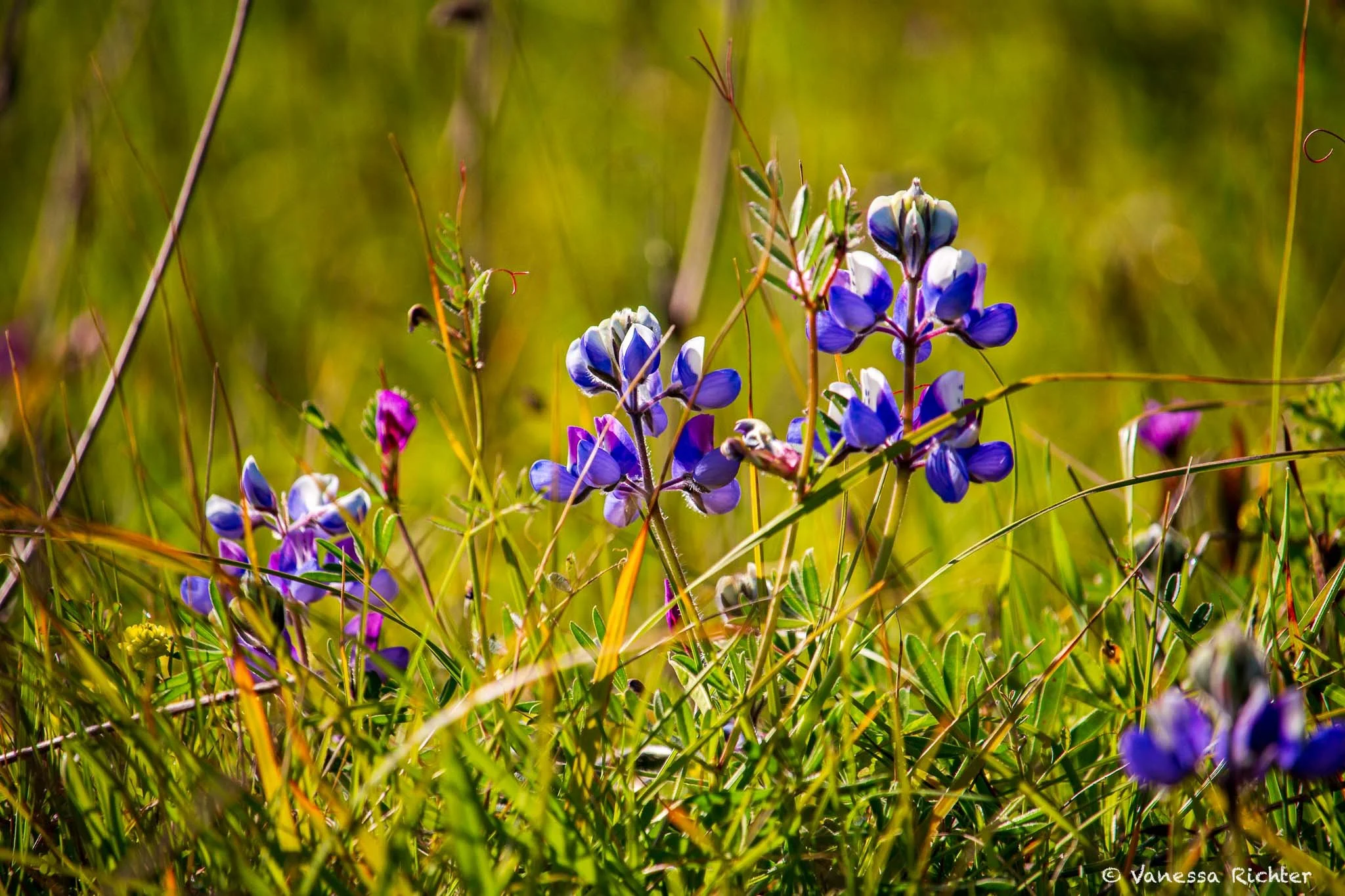
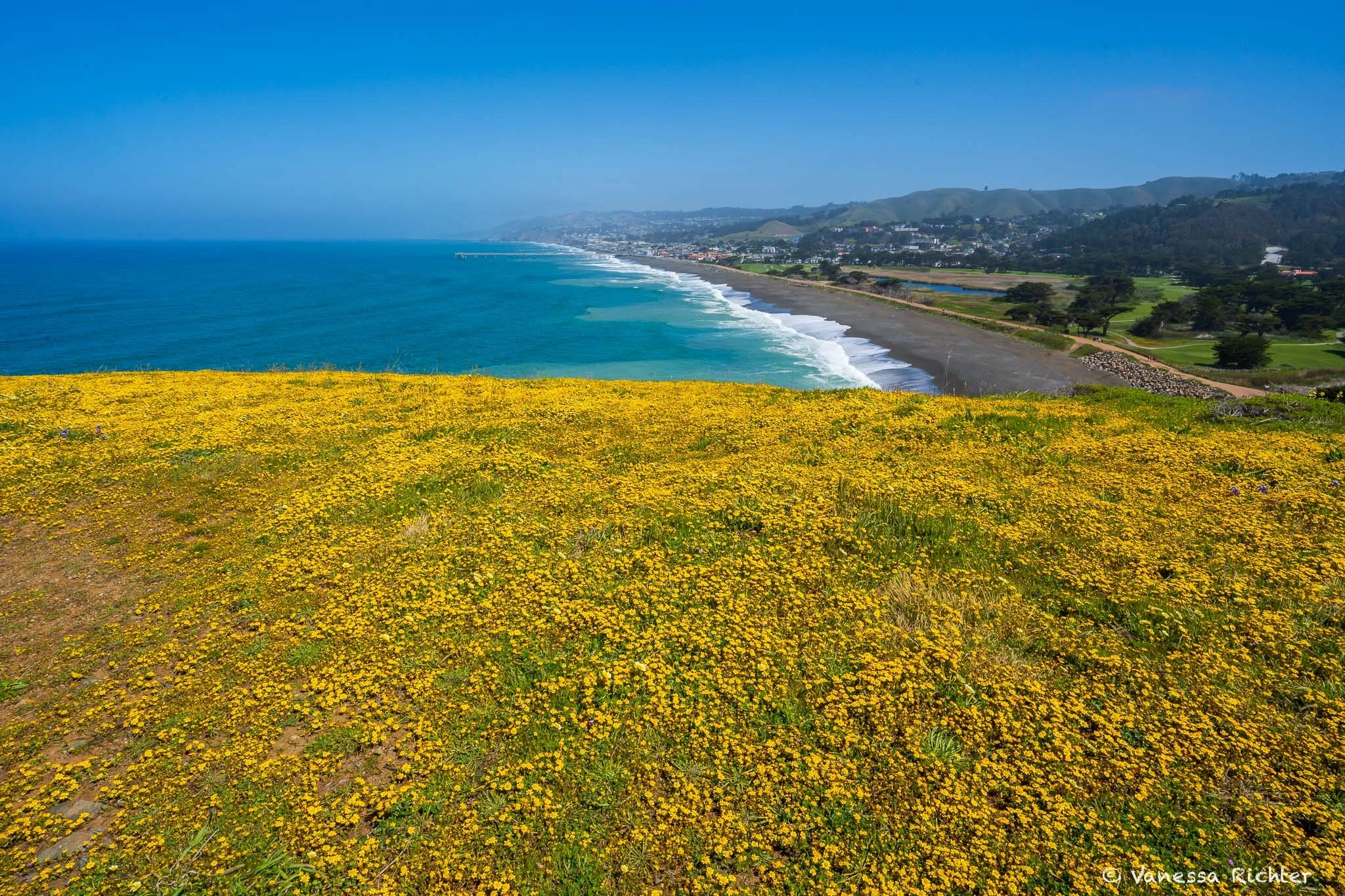



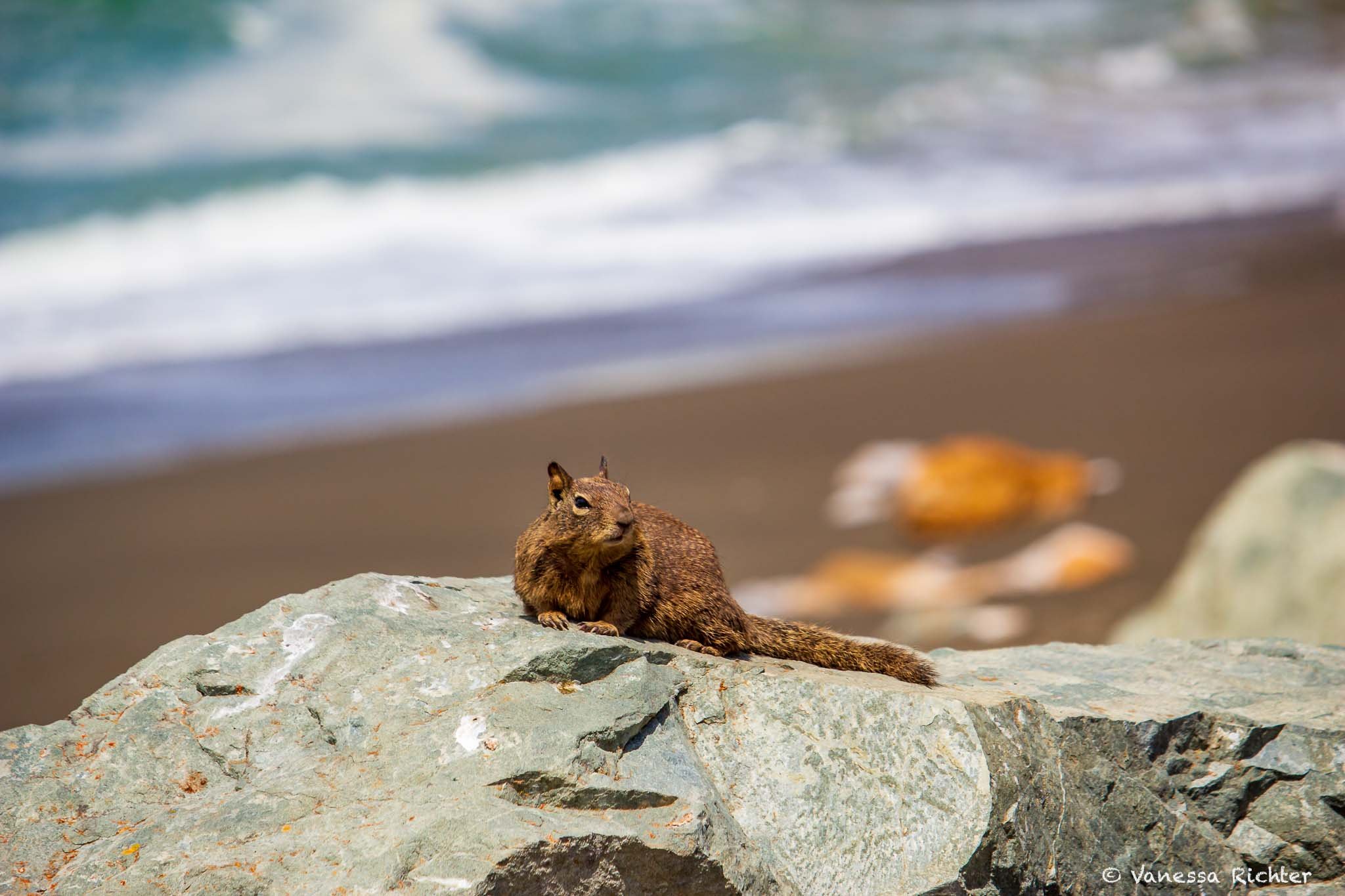
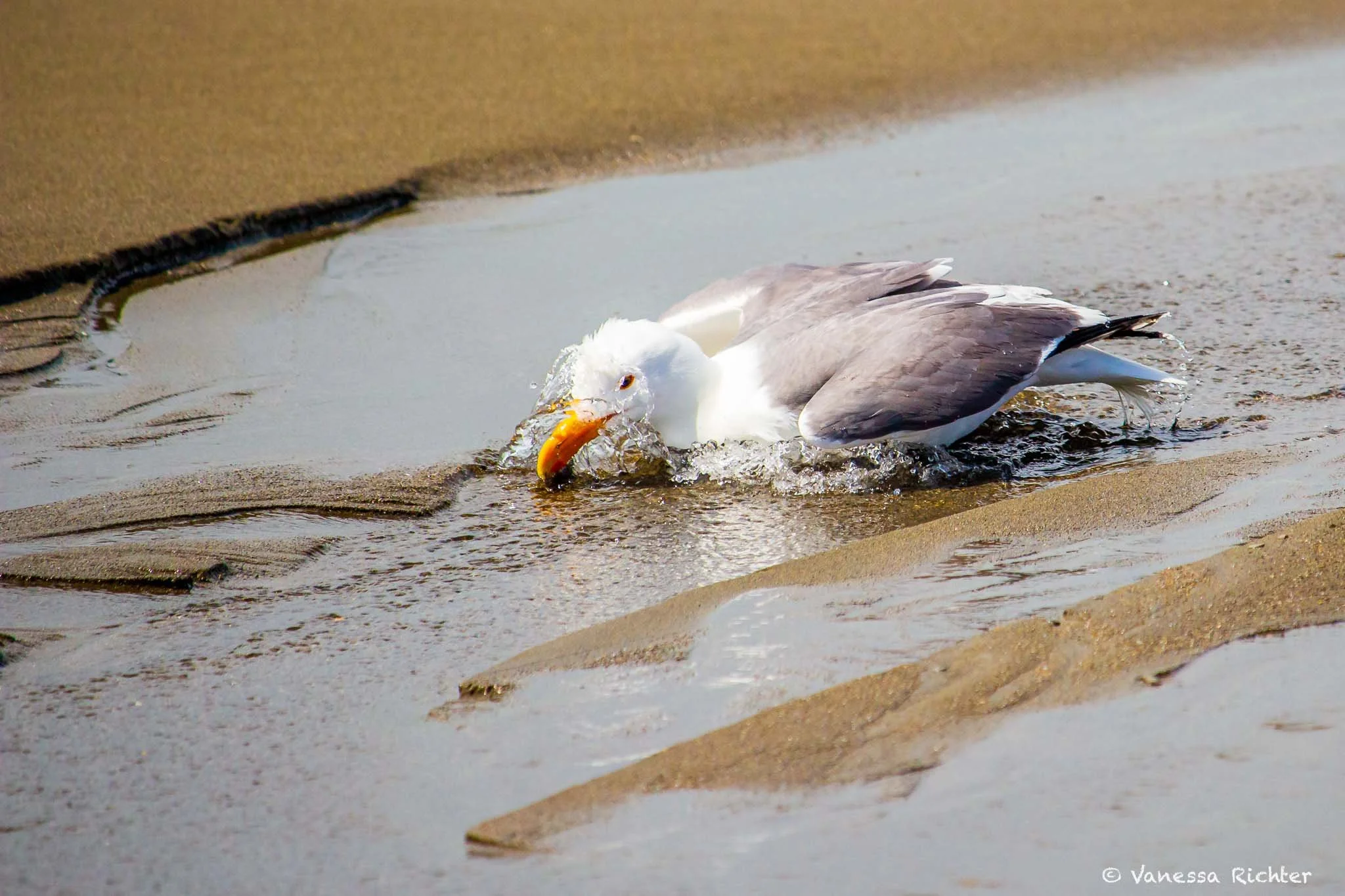
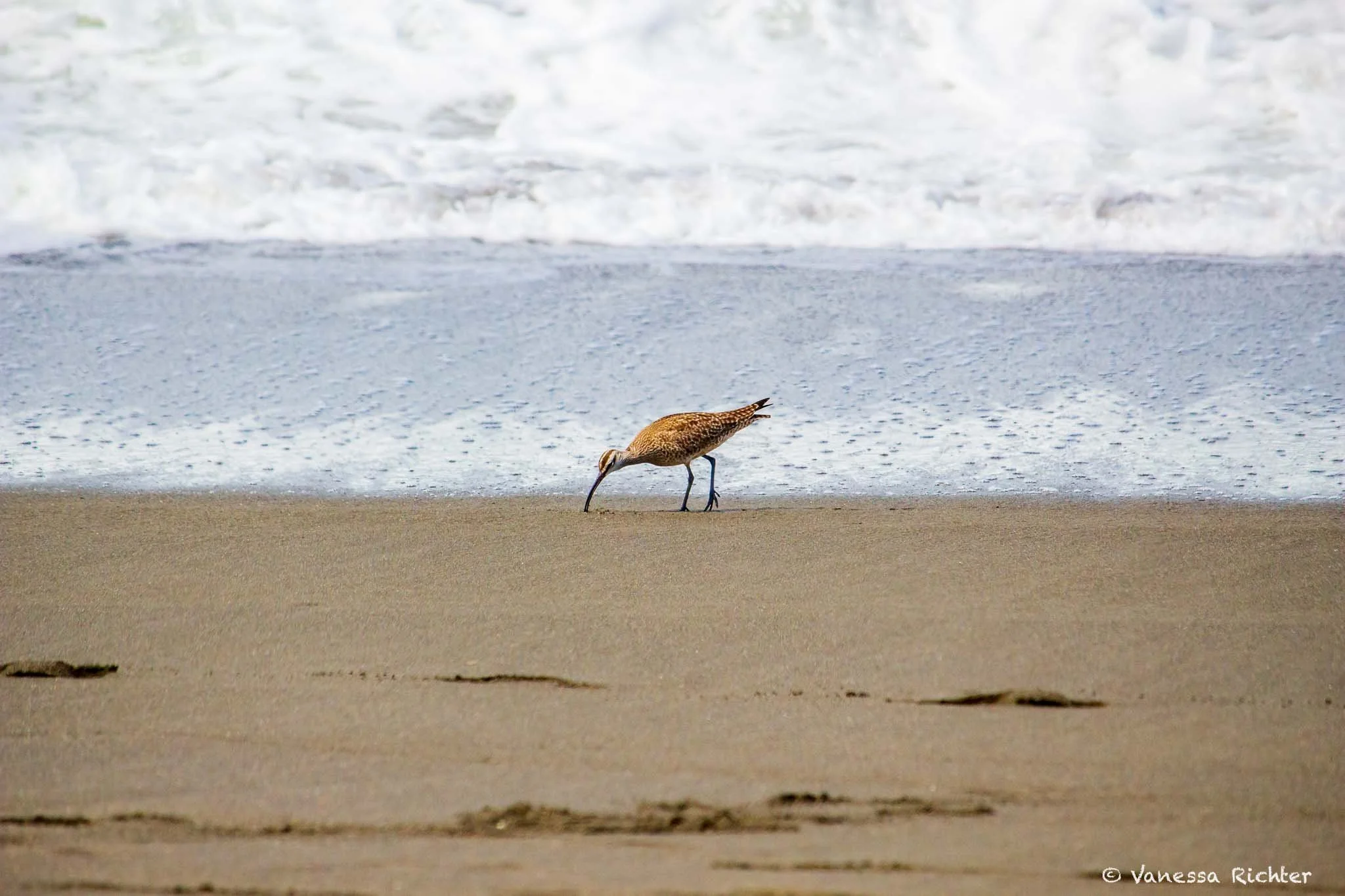
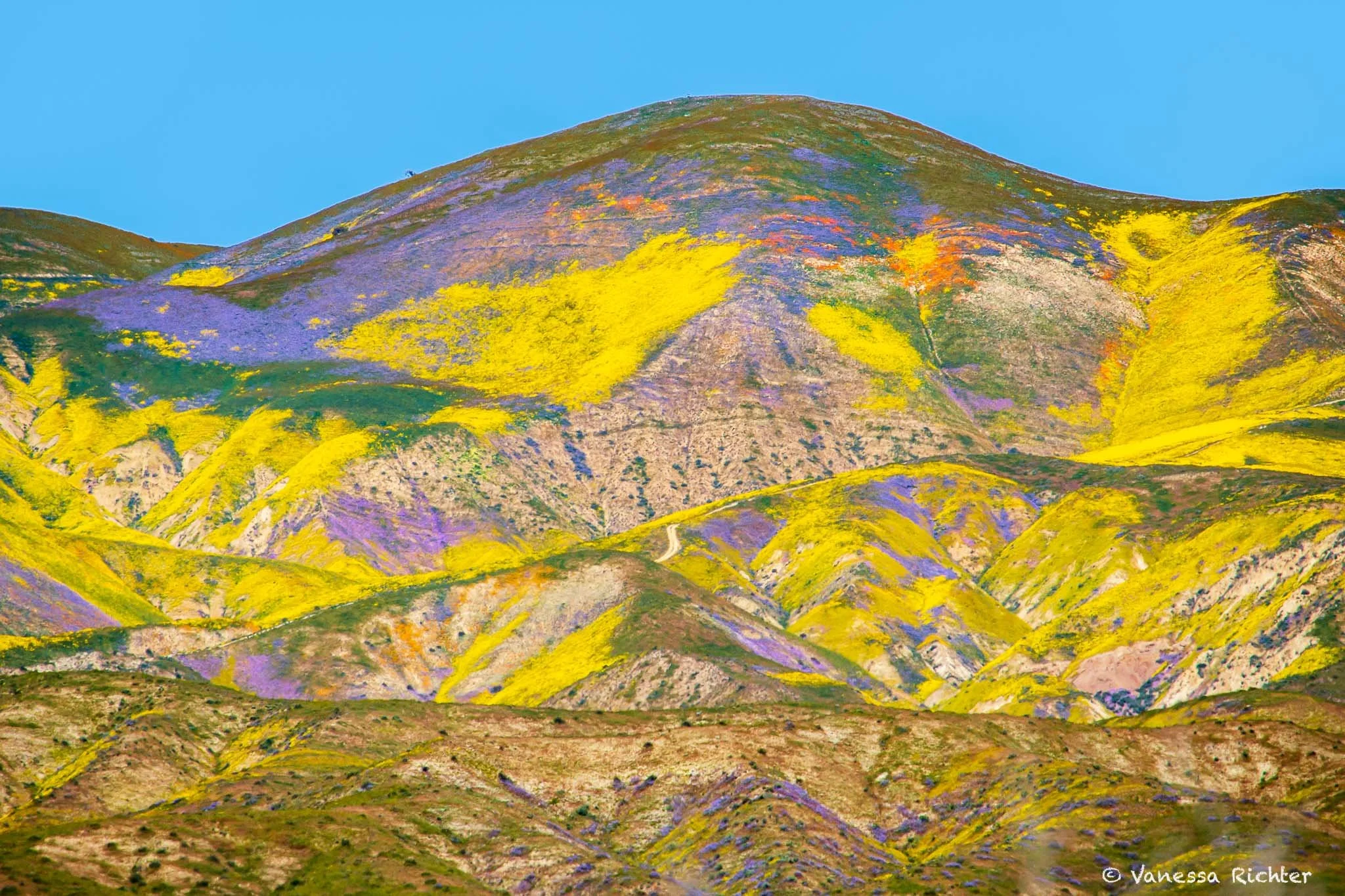



The Antelope Valley Poppy Reserve is a remarkable place to admire the spring bloom of the stunning California state flower. A place that looks in summer like the sun must have burnt every trace of life to the ground and it is hard to imagine that there is any time during the year where something, besides maybe a cactus, could thrive there. In spring, however, nature proves otherwise.